Ojukheon House (강릉 오죽헌)
4.5Km 2024-05-24
24 Yulgok-ro 3139beon-gil, Gangneung-si, Gangwon-do
+82-33-660-3301
Ojukheon House was where Yi I (penname Yulgok; scholar and politician of the Joseon Period) was born. It was built during the early Joseon dynasty and was designated as a Treasure in 1963 for its historical value.
Inside the house is Mongryongsil, where Yi I was born. The household complex also features the household shrine (Munseongsa), the sarangchae (men's quarters), Eojaegak Pavilion, Yulgok Memorial Hall, and Gangneung Municipal Museum. Since 1961, the city of Gangneung has held a memorial ceremony at Yulgok Memorial Hall from October 25 to 26.
Solhyang Myeongpum Shop [Tax Refund Shop] (솔향명품SHOP)
4.5Km 2024-04-22
24, Yulgok-ro 3139beon-gil, Gangneung-si, Gangwon-do
-
Ojukheon Evening Performance (오죽헌야간상설공연 오죽헌풍류야)
4.5Km 2024-07-25
24 Yulgok-ro 3139beon-gil, Gangneung-si, Gangwon-do
+82-33-650-2145
The Ojukheon Evening Program is a special event taking place every Friday and Saturday evening from mid-July to late August. Visitors can enjoy the classic, beautiful sounds of traditional Korean music in an equally inspiring location.
Choryeo Gongbang [Tax Refund Shop] (초려공방)
4.5Km 2024-04-19
24-2, Yulgok-ro 3139beon-gil, Gangneung-si, Gangwon-do
-
Terarosa Coffee (테라로사 커피공장)
4.9Km 2024-02-28
7 Hyeoncheon-gil, Gujeong-myeon, Gangneung-si, Gangwon-do
+82-33-648-2760
Terarosa Coffee is a sprawling coffee shop and roastery that encompasses a coffee factory, café, restaurant, bakery, art shop, coffee museum, and garden. Its signature offering is a wide array of drip coffees. In addition to these, Terarosa also serves various other beverages and desserts. The bakery section offers baked goods and cookies that pair excellently with coffee. The premises are also well-known for their stunning natural surroundings, red-bricked buildings, and chic industrial interior.
Solbaram Bridge (솔바람다리)
4.9Km 2025-01-16
Byeongsan-dong, Gangneung-si, Gangwon-do
Solbaram Bridge, completed in 2010, is a 197-meter-long pedestrian and bike bridge with great views. It was named after the pine trees of Gangneung (sol) and the wind (baram) due to its windy nature. Connecting the river with the sea, the bridge offers beautiful night views and refreshing sea breezes, making it a popular place for dates as well as family vacations. To the north across the bridge, visitors can find the Gangneunghang Port Yacht Marina and the Gangneung Coffee Street.
Eommason Makguksu (엄마손막국수)
4.9Km 2021-03-25
40, Unjeong-gil, Gangneung-si, Gangwon-do
+82-10-2604-9101
Makguksu is made of hand-kneaded 100% buckwheat. This Korean dishes restaurant is located in Gangneung-si, Gangwon-do. The representative menu is buckwheat noodles.
Nongajip Ongsimi (논가집옹심이)
5.0Km 2021-03-25
4-6, Gonghang-gil, 30beon-gil, Gangneung-si, Gangwon-do
+82-33-653-0309
Kalguksu (chopped noodle soup) made with Ongsimi (potato dough) is a representative menu. This restaurant's signature menu is potato nall soup. This Korean dishes restaurant is located in Gangneung-si, Gangwon-do.
Seongyojang House [Korea Quality] (강릉선교장 [한국관광 품질인증])
5.1Km 2024-02-26
63 Unjeong-gil, Gangneung-si, Gangwon-do
+82-33-646-3270
Seongyojang House, an 18th-century Korean nobleman's residence, is situated adjacent to Gyeongpoho Lake—hence its name "Seongyo", denoting "crossing by boat" ("seon" for "boat" and "gyo" for "cross" in Korean). The site preserves numerous artifacts, hosts a museum, and features a traditional Korean garden and pond. Visitors have the opportunity to immerse themselves in traditional Korean culture and stay in a hanok.
Seongyojang House (강릉 선교장)
5.2Km 2021-11-12
63, Unjeong-gil, Gangneung-si, Gangwon-do
+82-33-648-5303
Seongyojang House is the former upper class residence of Lee Nae-beon (1703-1781) and his family in Gangneung, Gangwon-do. It was designated as a National Folklore Cultural Heritage in 1967. The one-syllable word "Seon" in Seongyojang means boat. Gyeongpo Lake was right in front of Seongyojang House at the time it was built, thus making is accessible by boat.
Seongyojang House has all the features of a typical upper class residence during the Joseon period. The complex even has a large pond with a pavilion named Hwallaejeong Pavilion. While the building still blends beautifully with the surrounding nature, Seongyojang House has been well-preserved and is considered a valuable resource in the historical research of living conditions of upper class households during the Joseon dynasty.
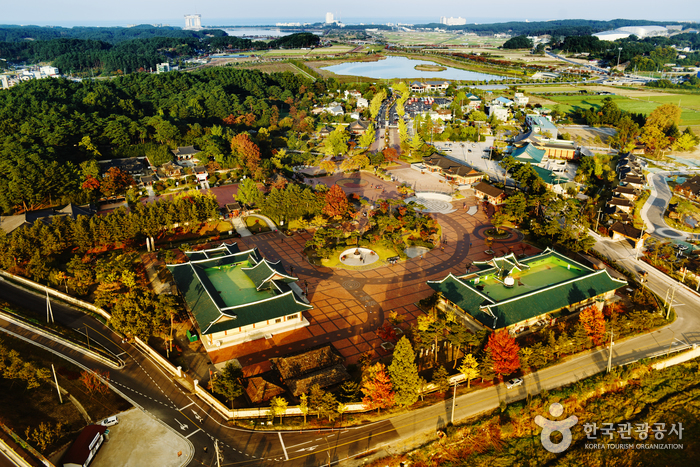

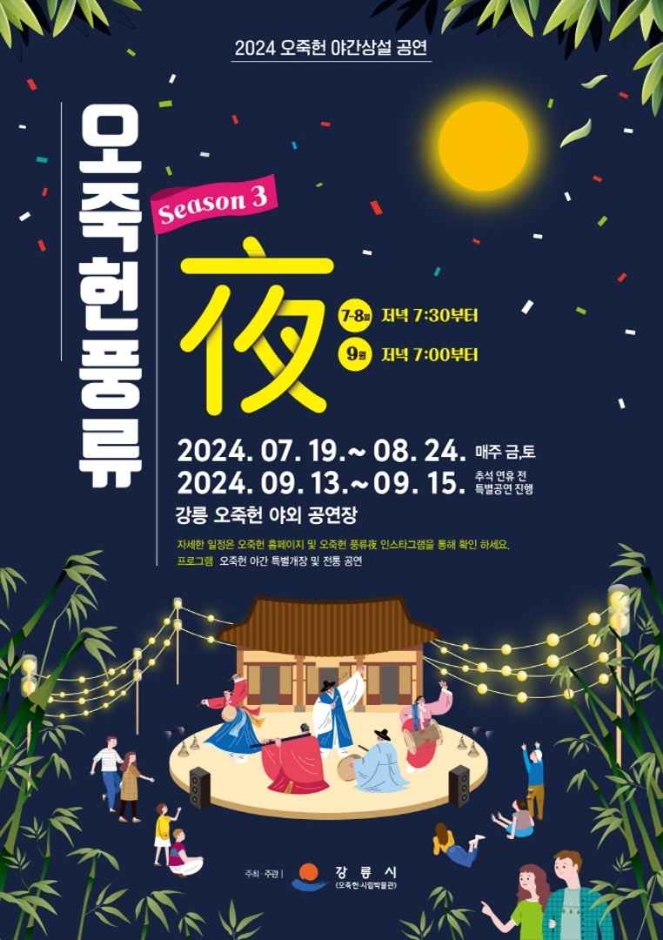
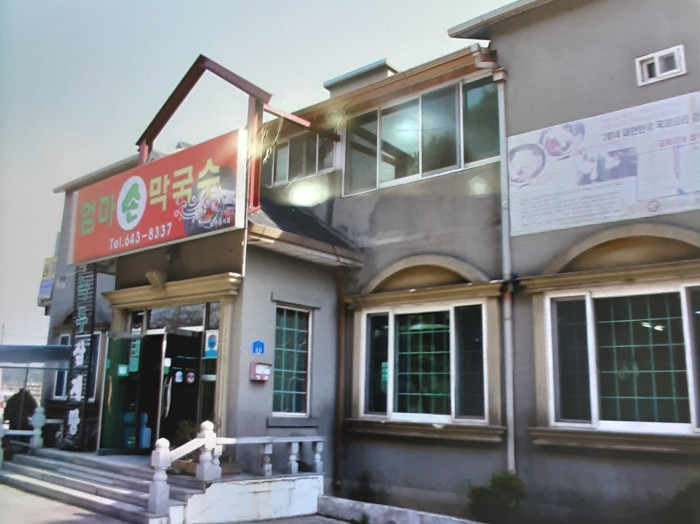
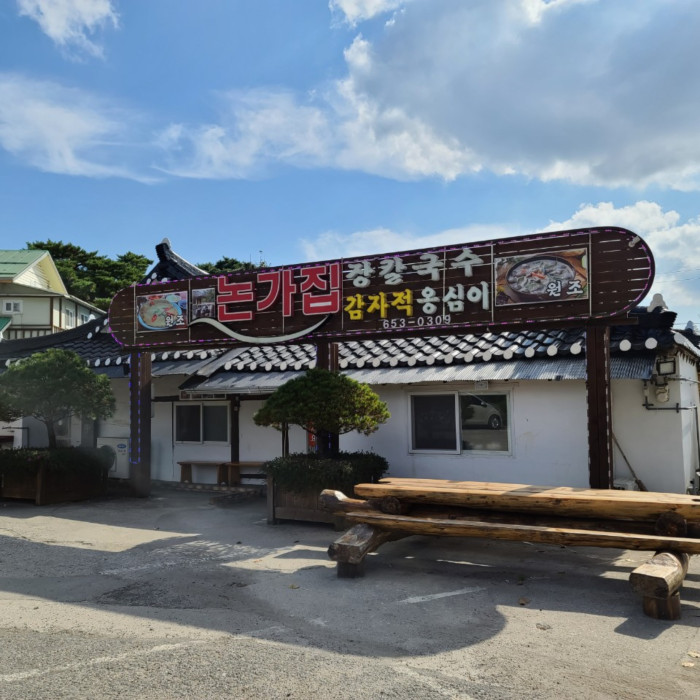
![Seongyojang House [Korea Quality] (강릉선교장 [한국관광 품질인증])](http://tong.visitkorea.or.kr/cms/resource/23/2578923_image2_1.jpg)
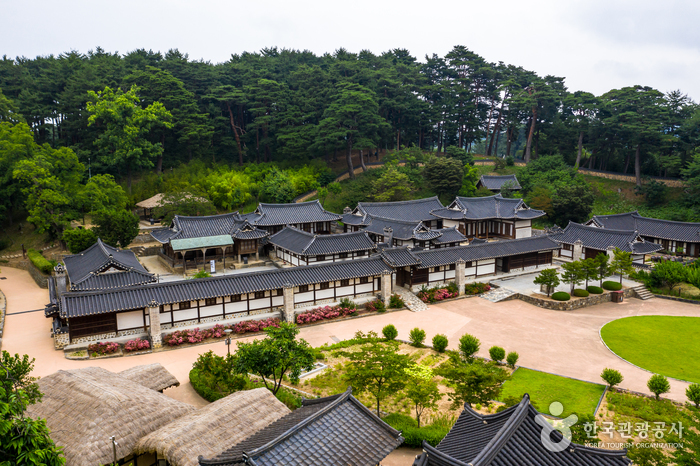
 English
English
 한국어
한국어 日本語
日本語 中文(简体)
中文(简体) Deutsch
Deutsch Français
Français Español
Español Русский
Русский